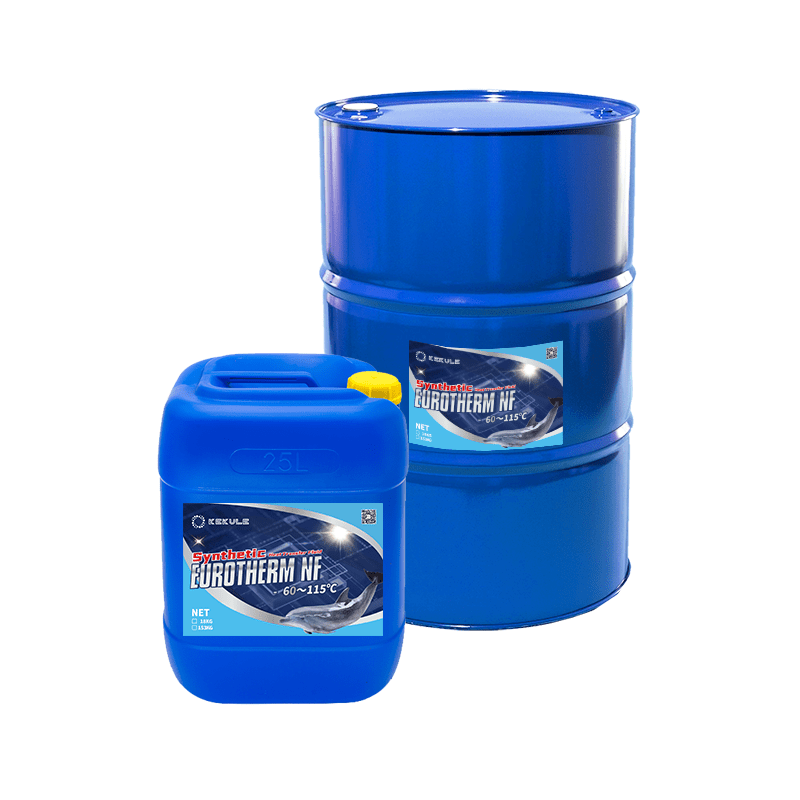Some Ideas on Chemie You Need To Know
Wiki Article
Little Known Facts About Chemie.
Table of Contents3 Simple Techniques For ChemieA Biased View of Chemie10 Easy Facts About Chemie DescribedHow Chemie can Save You Time, Stress, and Money.The Facts About Chemie UncoveredThe Best Guide To Chemie
By Bojanna Shantheyanda, Sreya Dutta, Kevin Coscia and David SchiemerDynalene, Inc. Liquid air conditioning, which can be attained utilizing indirect or direct methods, is used in electronics applications having thermal power thickness that may surpass secure dissipation via air cooling. Indirect liquid cooling is where warm dissipating electronic parts are physically divided from the liquid coolant, whereas in situation of direct cooling, the elements remain in straight contact with the coolant.Nonetheless, in indirect cooling applications the electrical conductivity can be crucial if there are leaks and/or splilling of the fluids onto the electronic devices. In the indirect cooling applications where water based liquids with rust inhibitors are typically utilized, the electrical conductivity of the liquid coolant mostly relies on the ion focus in the liquid stream.
The increase in the ion concentration in a closed loop liquid stream might occur due to ion seeping from metals and nonmetal elements that the coolant liquid is in call with. During procedure, the electrical conductivity of the fluid may boost to a level which might be harmful for the cooling system.
How Chemie can Save You Time, Stress, and Money.
(https://linktr.ee/betteanderson)They are grain like polymers that are qualified of trading ions with ions in a remedy that it is in contact with. In the here and now work, ion leaching tests were done with various steels and polymers in both ultrapure deionized (DI) water, i.e. water which is dealt with to the highest levels of purity, and reduced electrical conductive ethylene glycol/water mix, with the gauged change in conductivity reported gradually.
The examples were allowed to equilibrate at area temperature for two days before recording the initial electrical conductivity. In all tests reported in this research study liquid electrical conductivity was determined to a precision of 1% making use of an Oakton disadvantage 510/CON 6 series meter which was calibrated prior to each measurement.
Getting My Chemie To Work
from the wall home heating coils to the center of the heater. The PTFE sample containers were placed in the furnace when stable state temperatures were gotten to. The examination arrangement was eliminated from the furnace every 168 hours (seven days), cooled down to area temperature with the electrical conductivity of the fluid gauged.The electric conductivity of the liquid example was monitored for a total of 5000 hours (208 days). Schematic of the indirect closed loop cooling experiment set-up. Components utilized in the indirect closed loophole cooling experiment that are in contact with the fluid coolant.

4 Simple Techniques For Chemie
The modification in fluid electrical conductivity was kept track of for 136 hours. The liquid from the system was accumulated and kept.
0.1 g of Dowex resin was included in 100g of liquid examples that was taken in a different container. The mixture was stirred and change in the electrical conductivity at space temperature was measured every hour. The gauged adjustment in the electrical conductivity of the UP-H2O and EG-LC examination liquids including polymer or metal when engaged for 5,000 hours at 80C is revealed Number 3.
About Chemie
Figure 3. Ion seeping experiment: Calculated modification in electrical conductivity of water and EG-LC coolants consisting of either polymer or metal examples when submersed for 5,000 hours at 80C. The results indicate that metals added fewer ions right into the fluids than plastics in both UP-H2O and EG-LC based coolants. This can be as a result of a slim metal oxide layer which might work as an obstacle to ion leaching and cationic diffusion.Fluids having polypropylene and HDPE showed the most affordable electric conductivity modifications. This can be because of the brief, rigid, direct chains which are less most likely to contribute ions than longer branched chains with weaker intermolecular pressures. Silicone additionally did well in both examination fluids, as polysiloxanes are normally chemically inert due to the high bond energy of the silicon-oxygen bond which would certainly protect against degradation of the material into the liquid.
What Does Chemie Do?
It would certainly be expected that PVC would produce similar outcomes to those of PTFE and HDPE based upon the comparable chemical structures of the materials, nonetheless there might be other pollutants existing in the PVC, such as plasticizers, that might influence the electric conductivity of the fluid - fluorinert. Furthermore, chloride groups in PVC can also seep into the examination liquid and can cause an increase in electric conductivityBuna-N rubber and polyurethane revealed signs of degradation and thermal decay which recommends that their feasible utility as a gasket or adhesive material at higher temperature levels could lead to application issues. Polyurethane entirely broke Check Out Your URL down into the test fluid by the end of 5000 hour test. Figure 4. Prior to and after pictures of metal and polymer examples immersed for 5,000 hours at 80C in the ion seeping experiment.
Calculated modification in the electric conductivity of UP-H2O coolant as a feature of time with and without material cartridge in the shut indirect air conditioning loophole experiment. The determined modification in electric conductivity of the UP-H2O for 136 hours with and without ion exchange material in the loop is received Number 5.
Report this wiki page